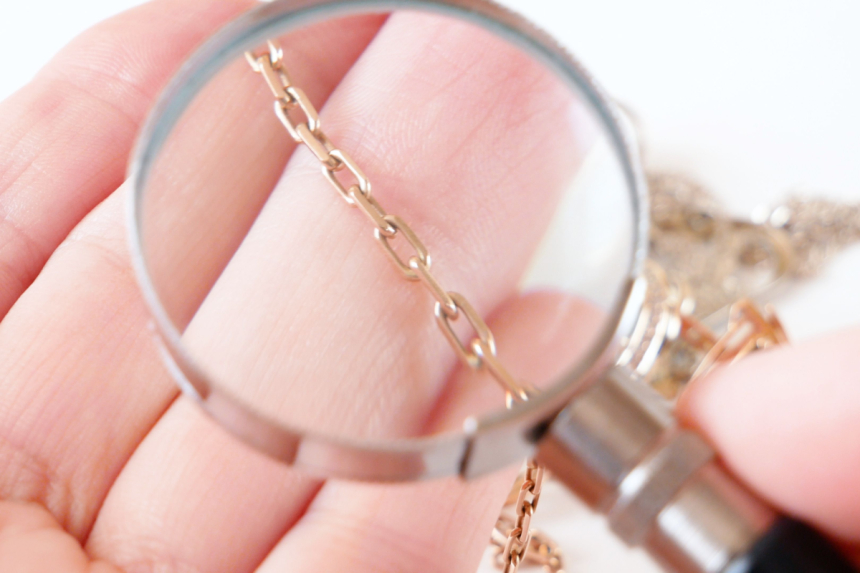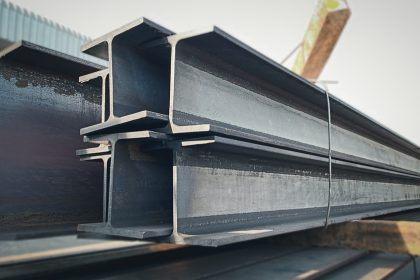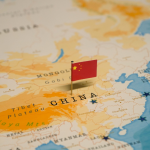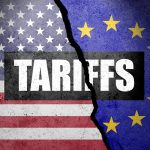Safe-Haven Demand Pushes Gold Above $4,000 an Ounce
Amid global economic turbulence and ongoing political uncertainty, the price of gold has surged to record-breaking levels, climbing more than 50% over the past year. On Tuesday, gold futures surpassed $4,000 per ounce for the first time in history, as investors flocked to the precious metal amid fears of recession, a weakening dollar, and the ongoing U.S. government shutdown. Analysts at Goldman Sachs and UBS say that gold’s rally shows no signs of slowing down, driven by central bank buying and investor demand for safe assets.
UBS analysts wrote that lower interest rates, dollar weakness, and political volatility are expected to fuel further price increases, with global inflows projected to reach 830 metric tons this year—nearly double earlier forecasts. Goldman Sachs, which correctly predicted the surge, expects gold to maintain its current strength through mid-2026, with central banks continuing to buy gold as part of broader diversification strategies. According to the World Gold Council, 95% of central banks anticipate increasing gold reserves in the coming year.
Tariffs and Economic Uncertainty Amplify the Pressure
The gold rally comes amid global supply chain disruptions tied to changing tariff policies under President Donald Trump. Although gold imports from Switzerland are exempt from new U.S. tariffs, steep rates on other imports have caused ripple effects across multiple industries. As a result, many jewelers are being forced to raise prices or explore alternative manufacturing strategies to offset the cost of raw materials.
For midrange jewelry brands like Mejuri, which markets luxury-quality jewelry at accessible prices, the spike has been especially painful. The company recently announced price increases due to rising gold, silver, and tariff costs. “We’re tackling these shifts head-on: streamlining our supply chain, strengthening sourcing, and designing with pricing in mind,” Mejuri said in a message to customers. The company is now producing more 10-karat solid gold pieces as a way to maintain quality while keeping prices within reach.
Jewelry Brands Adjust Strategies to Stay Competitive
Major jewelry retailers are also feeling the impact. Pandora reported an 80-basis-point hit to profits from higher gold and silver prices and plans to adjust its prices accordingly. Signet Jewelers, parent company of Kay, Zales, and Jared, said sales fell 7% year-over-year, citing a more than 30% increase in gold costs. Both companies are exploring alternative materials and price adjustments to absorb rising expenses.
Some brands have managed to cushion the blow through innovation. BaubleBar co-founder Daniella Yacobovsky said the company’s “demi-fine” line—featuring 18k gold plating over sterling silver—has gained popularity as consumers seek more affordable alternatives to solid gold. “It offers people a fantastic quality similar to solid gold at a lower price point,” she said. CEO Alexis Bittar has taken a similar approach, leaning on gold-plated designs and small, incremental price hikes to maintain customer loyalty. “Consumers are cautious,” Bittar noted. “They know gold is going up, but they still have a mental price point they’re willing to spend.”
“A Fear Indicator” for the Broader Economy
Industry experts warn that gold’s relentless rise reflects growing unease in global markets. Rowan CEO Louisa Schneider said the spike is unlike anything the jewelry industry has seen in years. Her company, which uses 14k gold coatings for medical-grade ear piercings, has had to raise prices modestly but remains insulated by its niche focus on safety and healthcare standards. Still, Schneider calls the surge “a fear indicator” of broader economic instability.
“The demand is not coming from consumers who want to wear gold,” Schneider explained. “It’s coming from hoarding behavior due to uncertainty around the U.S. dollar, and that’s unlike anything we’ve seen.” As inflation pressures ease but geopolitical risks remain high, analysts expect gold to remain elevated well into 2026—posing a persistent challenge for jewelers and a signal of caution for the global economy.






